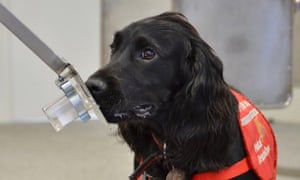Who Sleeps?
Once believed to be unique to birds and mammals, sleep is found across the metazoan kingdom. Some animals, it seems, can’t live without it, though no one knows exactly why.
Some sleep researchers are fond of saying that all animals sleep; that sleep is maladaptive because it takes time away from activities that appear more adaptive, such as mating, seeking food, and looking out for predators; and that no one knows the function of sleep. A good case can be made that each of these statements is false.
To say whether an animal sleeps requires that we define sleep. A generally accepted definition is that sleep is a state of greatly reduced responsiveness and movement that is homeostatically regulated, meaning that when it is prevented for a period of time, the lost time is made up—an effect known as sleep rebound. Unfortunately, the application of this definition is sometimes difficult. Can an animal sleep while it is moving and responsive? How unresponsive does an animal have to be? How much of the lost sleep has to be made up for it to be considered homeostatically regulated? Is the brain activity that characterizes sleep in humans necessary and sufficient to define sleep in other animals?


